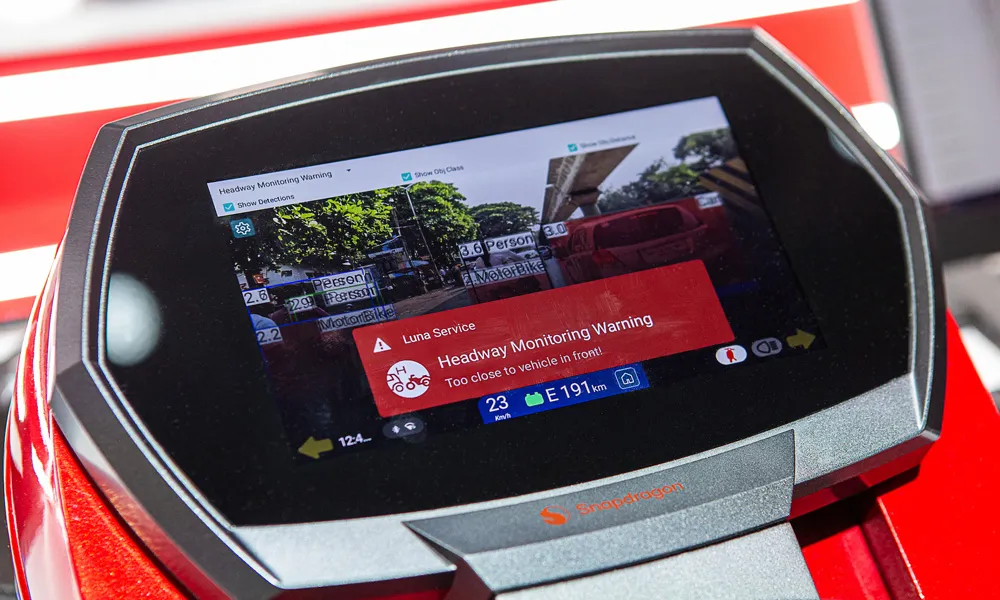A new study from Juniper Research has found that new in-vehicle infotainment services such as Apple CarPlay and Android Auto will generate large amounts of new cellular M2M data traffic. Over the next five years, this will account for up to 98 per cent of all M2M data traffic.
According to the new study, M2M: Strategies & Opportunities for MNOs, Service Providers & OEMs 2016-2021, data intensive applications such as Internet radio, music streaming applications and information services will generate appro
September 14, 2016
Read time: 2 mins
A new study from 7194 Juniper Research has found that new in-vehicle infotainment services such as Apple CarPlay and Android Auto will generate large amounts of new cellular M2M data traffic. Over the next five years, this will account for up to 98 per cent of all M2M data traffic.
According to the new study, M2M: Strategies & Opportunities for MNOs, Service Providers & OEMs 2016-2021, data intensive applications such as Internet radio, music streaming applications and information services will generate approximately 6,000 PB per annum by 2021, equivalent to over 300 billion hours of music streaming. In-vehicle 4G SIMs will provide ‘over-the-air’ service and subscription updates for drivers and passengers.
The research found that M2M technology will further the development of autonomous driving systems in the future. Cellular V2V (vehicle to vehicle) technology, enabled through M2M, is expected to be the cornerstone of the system over the coming years.
Consequently, the report stressed that operators will need to ensure that their networks remain able to cope with the projected increases in data traffic, especially in urban areas. Future smart city systems, such as smart parking and smart intersections, will further drive data usage and the potential strain on networks.
Meanwhile, the research found that other, less data-hungry M2M modules would see significant increases in adoption across an array of key verticals, including healthcare, agriculture, smart metering and smart home automation.
Research author Sam Barker added, “The wider M2M market offers a reprieve from declining traditional voice and messaging revenues. Operators are now champing at the bit to capitalise on the growth of M2M”. However, the research cautioned that for network operators to maximise their opportunity in the space, they will need to move away from merely providing connectivity and enablement, and additionally offer value added services to their customers.
According to the new study, M2M: Strategies & Opportunities for MNOs, Service Providers & OEMs 2016-2021, data intensive applications such as Internet radio, music streaming applications and information services will generate approximately 6,000 PB per annum by 2021, equivalent to over 300 billion hours of music streaming. In-vehicle 4G SIMs will provide ‘over-the-air’ service and subscription updates for drivers and passengers.
The research found that M2M technology will further the development of autonomous driving systems in the future. Cellular V2V (vehicle to vehicle) technology, enabled through M2M, is expected to be the cornerstone of the system over the coming years.
Consequently, the report stressed that operators will need to ensure that their networks remain able to cope with the projected increases in data traffic, especially in urban areas. Future smart city systems, such as smart parking and smart intersections, will further drive data usage and the potential strain on networks.
Meanwhile, the research found that other, less data-hungry M2M modules would see significant increases in adoption across an array of key verticals, including healthcare, agriculture, smart metering and smart home automation.
Research author Sam Barker added, “The wider M2M market offers a reprieve from declining traditional voice and messaging revenues. Operators are now champing at the bit to capitalise on the growth of M2M”. However, the research cautioned that for network operators to maximise their opportunity in the space, they will need to move away from merely providing connectivity and enablement, and additionally offer value added services to their customers.










